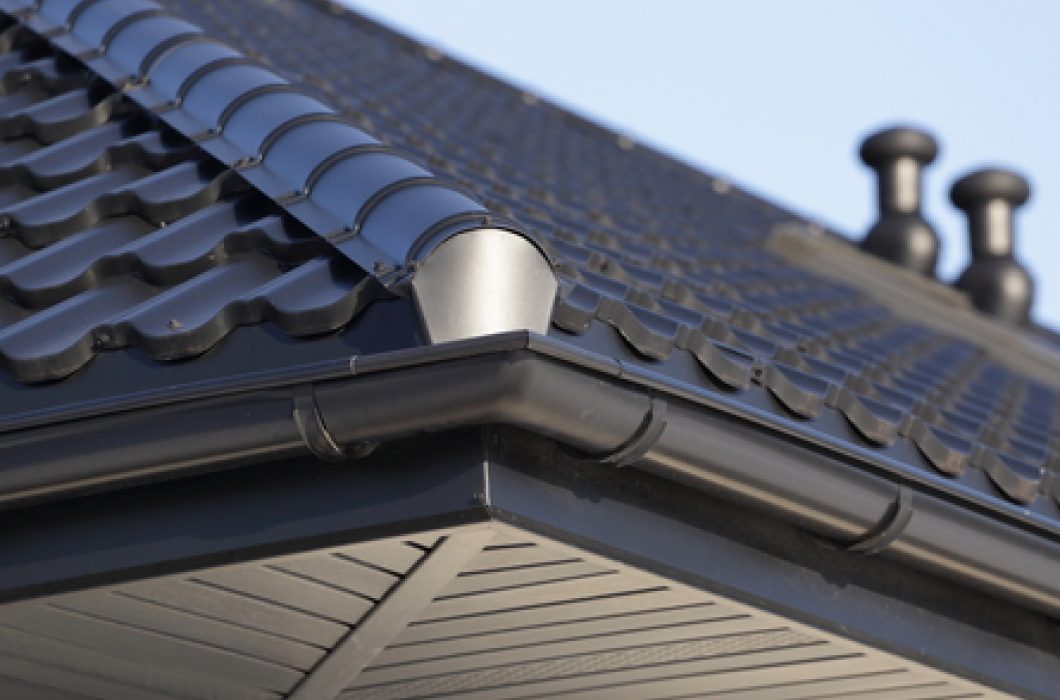The Timeless Symbol of Style, Love, and Personal Expression
In the world of jewelry, rings have stood the test of time as one of the most powerful symbols of personal style, love, and commitment. From simple bands to intricate designs adorned with diamonds and gemstones, rings have always held a significant place in human history and culture. Whether it’s an engagement ring symbolizing lifelong commitment or a fashion ring that makes a bold statement, the beauty and versatility of rings make them an accessory of choice for many. Their ability to convey deep meaning, personal expression, or simply enhance an outfit is what makes skull statement ring an enduring piece of jewelry across cultures and generations.
Rings have a rich history that spans centuries, and their meanings have evolved over time. In ancient civilizations, rings were often used as a form of identification or a symbol of power and authority. Kings, queens, and other influential figures wore rings made from precious metals and adorned with gemstones to signify their status. Over time, rings began to represent more personal values such as love, loyalty, and unity. The tradition of giving a ring as a token of engagement or marriage dates back thousands of years, and it remains one of the most cherished customs in modern society. Rings are often exchanged during weddings, symbolizing the eternal bond between two people, as the circle of the ring has no beginning or end, much like the commitment they represent.
Beyond their historical and symbolic significance, rings have also evolved into a fashion statement. Today, rings come in an endless variety of styles, materials, and designs, allowing individuals to express their unique personalities and tastes. Some people wear rings as a form of self-expression, using different designs, colors, and stones to reflect their personal journey, interests, or cultural heritage. Others may wear rings to enhance their outfit, choosing designs that complement their clothing or highlight their sense of style. With the wide array of rings available, it’s easy to find one that perfectly fits your individual look, whether you prefer sleek, minimalist bands or elaborate, ornate designs.
One of the most popular types of rings is the engagement ring, which holds deep emotional and cultural significance. The tradition of proposing with a ring has existed for centuries and is widely recognized across the world. The diamond engagement ring, in particular, became popular in the 20th century, symbolizing eternal love and commitment. The engagement ring often marks the beginning of a new chapter in life, as it represents the promise of marriage and a shared future. Couples choose from a variety of styles, from classic solitaires to more modern and unique designs, ensuring that the ring reflects their relationship and individual preferences. While diamonds are traditional, many couples opt for other gemstones, such as sapphires, emeralds, or rubies, to create a ring that holds personal significance.
Wedding rings, often exchanged during the ceremony, are another meaningful type of ring. Typically simple bands made from metals such as gold, platinum, or silver, wedding rings symbolize the union between two people. These rings are usually worn every day, serving as a constant reminder of the vows taken and the life shared. Some people choose to have their wedding rings engraved with names, dates, or meaningful messages to make them even more personal. Wedding rings, like engagement rings, are often chosen to complement each other, creating a cohesive set that tells the story of the couple’s commitment.
Aside from engagement and wedding rings, there are countless other types of rings that serve various purposes. Fashion rings, for instance, are designed to make a statement and are often worn for special occasions or as everyday accessories. These rings can be bold and extravagant or delicate and subtle, depending on personal taste. Stackable rings, which can be worn together on one finger or across multiple fingers, are another trend that allows people to mix and match different styles for a more personalized look. Birthstone rings are another popular option, as they hold sentimental value and celebrate one’s birth month. These rings often feature a gemstone that corresponds to the month of birth, adding a personal touch to the jewelry.
Materials also play a significant role in the design of rings. Traditional metals such as gold, silver, and platinum remain popular choices for rings, but modern rings often feature alternative materials such as titanium, tungsten, or stainless steel. These metals offer durability and a sleek, contemporary appearance, making them ideal for people who want a more modern or industrial look. For those who appreciate a vintage aesthetic, antique-style rings featuring intricate designs and old-world craftsmanship are highly sought after. Additionally, many rings incorporate gemstones such as diamonds, rubies, sapphires, and emeralds, which add color and sparkle, enhancing the overall beauty of the piece.
The size of the ring is another important consideration when choosing one. Rings are available in various sizes to ensure a comfortable fit, and many jewelers offer resizing services to make sure that the ring fits perfectly. For engagement or wedding rings, getting the right size is especially important, as it ensures that the ring will stay in place and feel comfortable when worn every day. When selecting a ring, it’s important to keep in mind the occasion and the style that best suits the wearer, whether it’s a large statement ring or a more subtle, elegant design.
Rings also have a unique ability to serve as heirlooms, passed down through generations and carrying with them family stories, memories, and sentimental value. Many people inherit rings from loved ones, turning them into treasured symbols of their family’s history. Whether it’s a grandmother’s vintage diamond ring or a custom-designed piece that represents a milestone event, rings can become priceless artifacts that tell the story of a family and its legacy. For this reason, selecting a ring can be a deeply personal and emotional process, as it often represents more than just a piece of jewelry—it symbolizes love, commitment, and the moments that define a person’s life.
In conclusion, rings are not just jewelry—they are powerful symbols that carry meaning and personal significance. From engagement rings that represent the promise of eternal love to fashion rings that showcase personal style, rings have the ability to convey emotions, commemorate important moments, and reflect individuality. Whether made from traditional precious metals or modern materials, rings continue to hold a special place in our hearts, and their timeless appeal ensures that they will remain an enduring accessory for generations to come.


